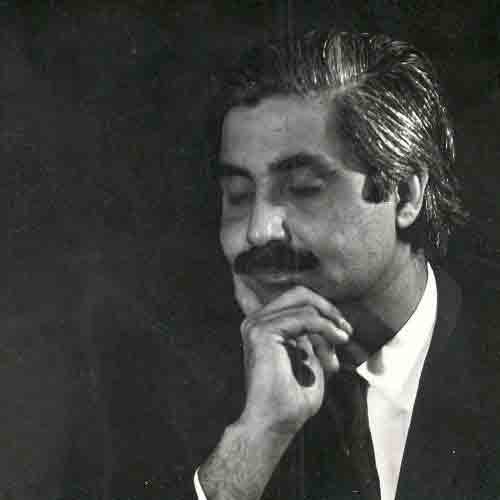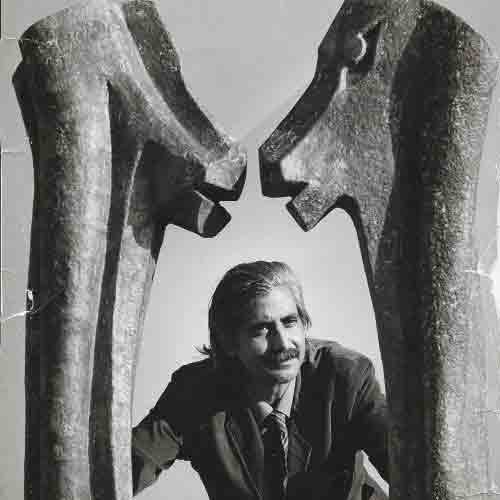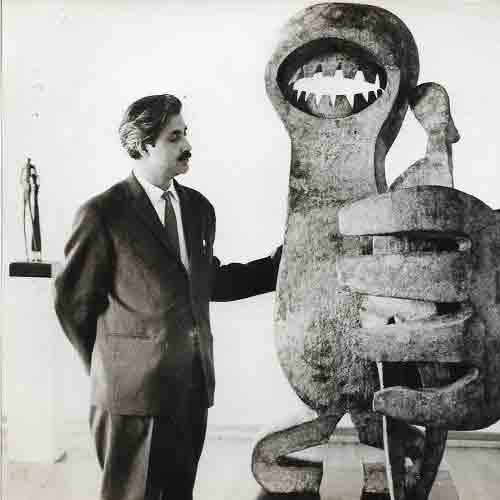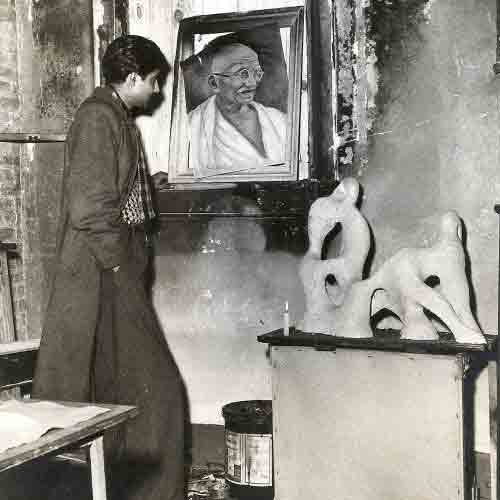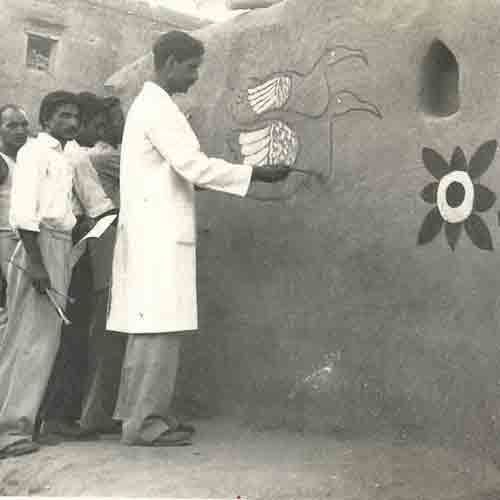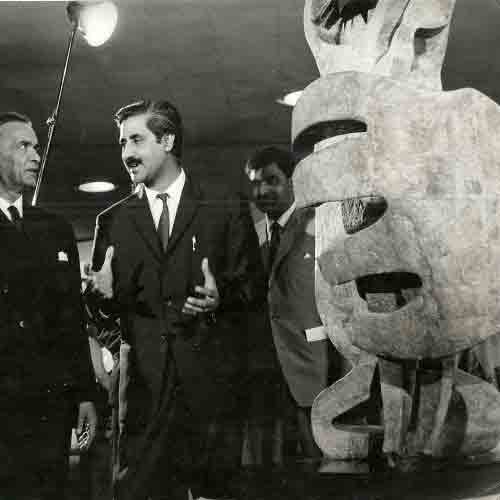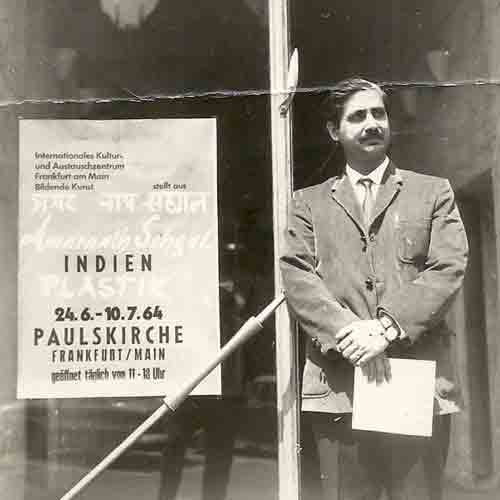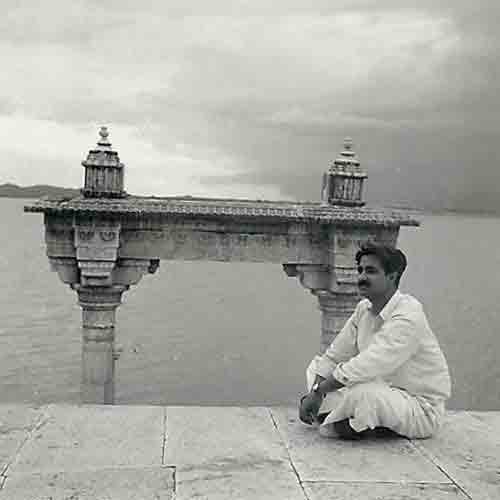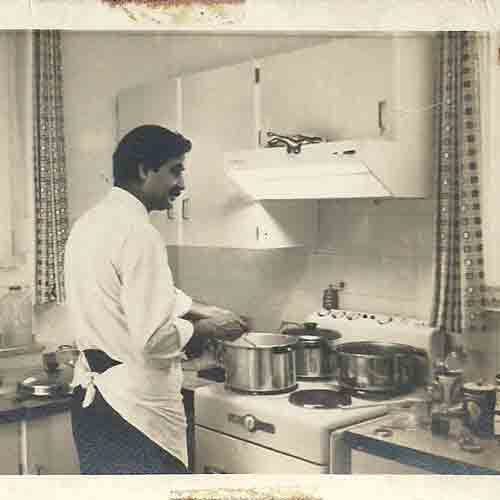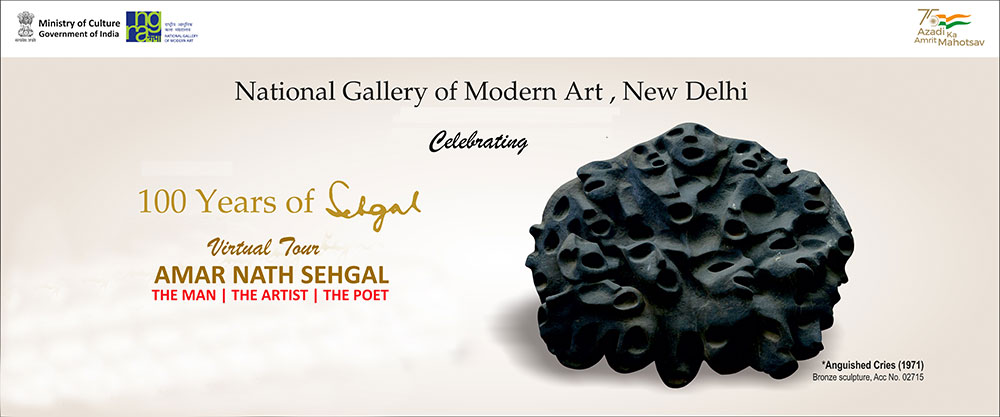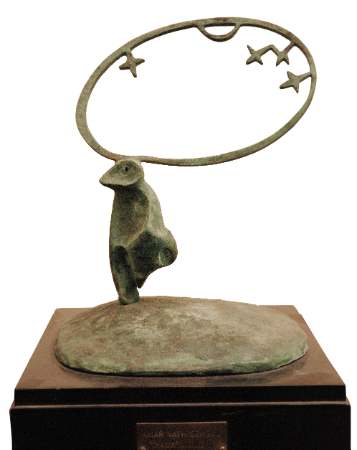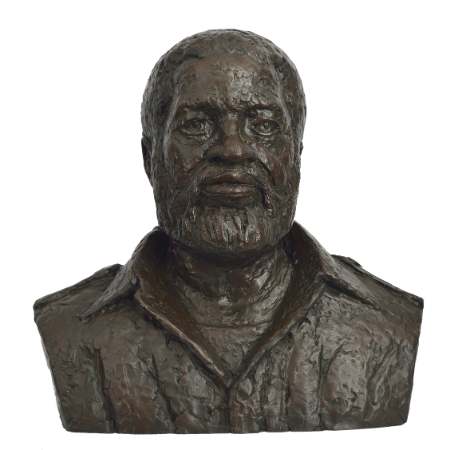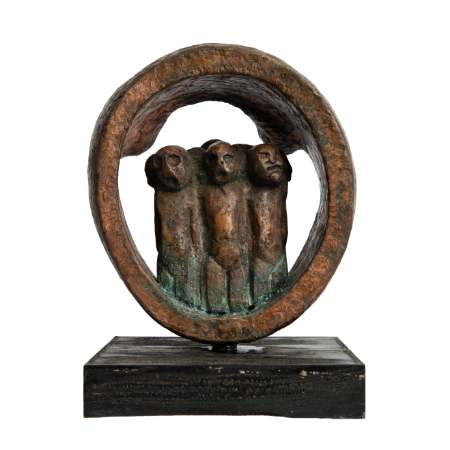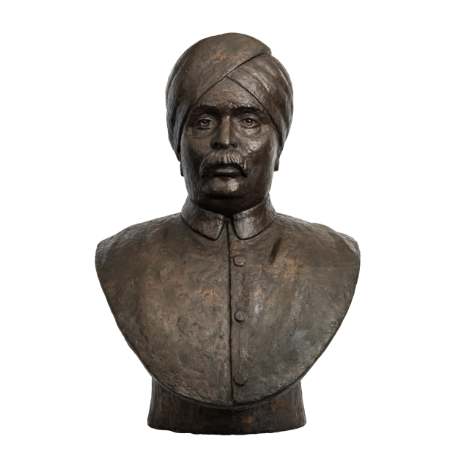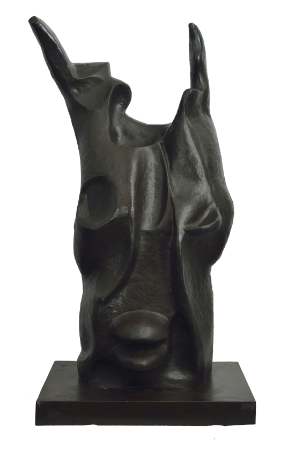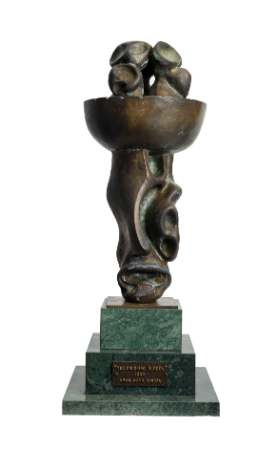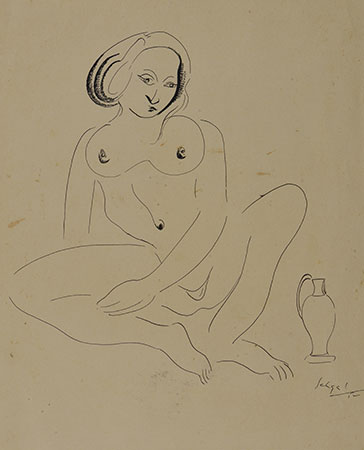Amar Nath Sehgal
(05.02.1922 - 28.12.2007)
Tribute to one of India's most prominent modern artist on his 100th birth anniversary
Artist's Profile
Amar Nath Sehgal was one of India's most prominent modern artists. He was born on 5th February, 1922 to Ram Asra Mal and Parmeshwari Devi in Campbellpur, Attock district in present-day Pakistan. As a child, he was an introvert by nature and spent most of his time indulging in artistic activities and adventures. Despite being born into an entrepreneurial family, he had a natural affinity to fine arts.
He received his formal education in Lahore and settled in India in the aftermath of Partition. He stayed in Kullu Valley for two years before moving to New York to join an art school at the University of New York. His appreciation of art was apparent, however his formal education led him to pursue a degree in Physics and Chemistry. After his return from New York, he collaborated with the Ministry of Community Development to promote and spread art education in the northern states of Punjab and Haryana. It took him nearly three years to accomplish this feat and establish his name in the field of arts. Amar Nath Sehgal had a keen interest in depicting poverty, famine, calamity and suffering of the human condition. The partition also had a major influence on the mind and imagination of the artist. His art reflected upon emotions like anguish, separation, trauma and destitution in the form of sculptures, paintings, graphics, tapestries, poems and so on.
An artist, craftsman, poet and philosopher, Amar Nath Sehgal's work in India and abroad reflects his quest to fathom the bedrock of man's experience rather than a preoccupation with any particular style. For he says, the style of his work is conditioned by the material, technique and mode of perception at the moment of creation. Sehgal observes beauty, wherever it be regardless of time, scale or culture. He is moved by people, their problems and their sufferings.
His work conveys an unshakable belief in the dignity and creative potential of life and the human form. It is no coincidence that some of his most powerful works have been executed in the memory of victims of political brutalities. They express his contempt for the increasing ugliness in life. The works of Amar Nath Sehgal are indeed aesthetic artefacts. They effectively communicate his thoughts and serve as a bridge between artist and viewer.
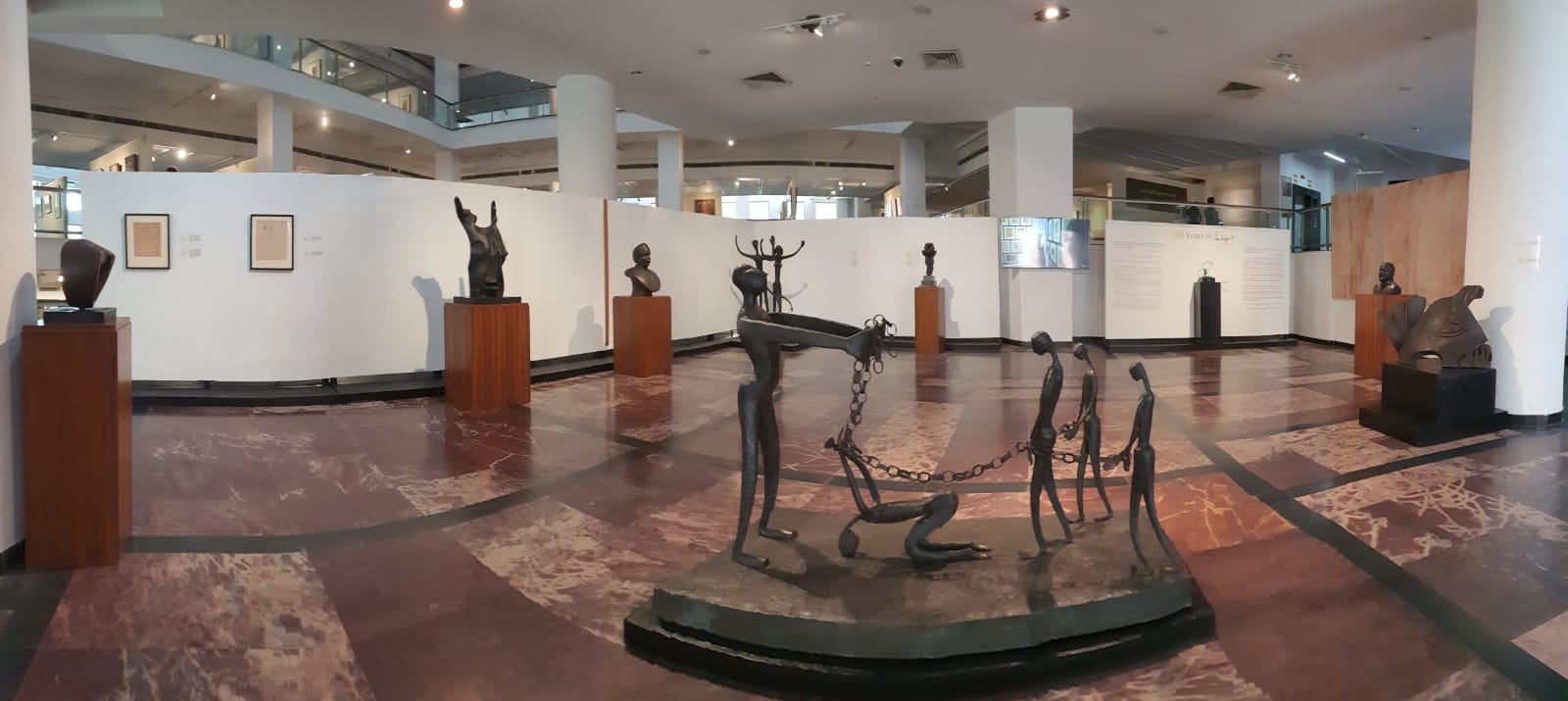 Start
Start
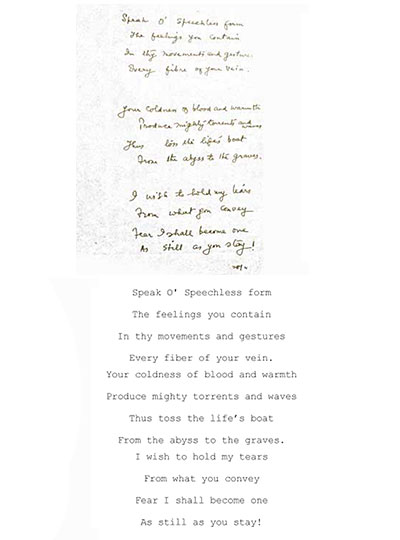
Mentor
Shri Adwaita Garanayak,
Director General, NGMA
Curatorial Guideline
Dr. Shashi Bala, Curator
Research
Ms. Niharika Laskar
Concept, Design & Development
Shri S S Paul, Information Systems Manager, IT Section
Content Management
IT Section, NGMA
Image Reference for Artist's Profile
https://www.amarnathsehgal.com/about/#1951-1965
Image Reference for Works of Art
NGMA Collection
Image Processing
Shri Deepak Negi
Image Reference for Poem
https://www.amarnathsehgal.com/about/#1951-1965
Message from Director General
Amar Nath Sehgal's avant-garde works appeal not only to the Indian audience but also to the world at large. His extraordinary talents developed early and his artistic tendencies led him to explore and experiment with new ideas. He raised the standards and conventions of Indian art to develop it into a global phenomenon. Sehgal travelled around the world executing his artistic ideas and making a name for himself.
He eventually settled down in Luxembourg and in 1966 held his first solo exhibition there.
Known primarily for his sculptures, Sehgal is also adept at various other mediums including drawing, painting, tapestry and graphics. He portrays life and the human form with a firm belief in their potential for creative expression. The simple yet deeply expressive forms of his works which portray human emotions like anguish, dejection, oppression and hope resonate with a palpable pathos.
It is a pleasure to announce that on the occasion of his birth centenary, we have organised a virtual exhibition of his works in NGMA, New Delhi - one of the largest repertoires of his oeuvre. The exhibition will feature his sculptures and drawings that explore the era of modernism with elements of popular culture that have evolved over the years. He was a staunch advocate for artists’ intellectual property rights and encouraged budding artists from both India and Luxembourg to take an active interest in getting acquainted with the riches of their cultures. I am confident that the exhibition will be a triumphant success and a landmark in developing bilateral relations between the two countries.
Adwaita Gadanayak
Director General
Concept Note
To acknowledge an artist's creative process, one must align with the intent and purpose behind his creation, his relationship with the medium and his artistic impulse. We have had the pleasure of acquainting ourselves with Amar Nath Sehgal through his astounding legacy of artistic oeuvre. He created monumental works as a tribute to humanity's greatest accomplishments despite being afflicted by tragedy and pain. His uncompromising honesty is an exceptional characteristic trait that also manifests in his sensational creations. Amar Nath Sehgal was one of India's prominent modern artists. He was born on 5th February, 1922 to Ram Asra Mal and Parmeshwari Devi in Campbellpur, Attock district in present-day Pakistan. As a child, he was an introvert by nature and spent most of his time indulging in artistic activities and adventures. Despite being born into an entrepreneurial family, he had a natural affinity to fine arts. A skilled artist, celebrated poet and art educator, Sehgal studied engineering before pursuing the arts. He is well known for his expressionist art practice delivered through a range of mediums. His art is reflective of his unusual, troubled and colourful psyche. Amar Nath Sehgal's studio in New Delhi was converted into a modern museum featuring an outstanding display of his private collection. NGMA accommodates a substantial portion of the artist's collection as well. A range of artworks in diverse mediums including drawings, pastels and sculptures constitute the total collection here. The team at NGMA headed by the Director General Shri Adwaita Gadanayak has striven to make Sehgal's work available to a global audience through this virtual exhibition. This event is accompanied by a book launch to commemorate his intriguing odyssey on the occasion of his birth centenary.
